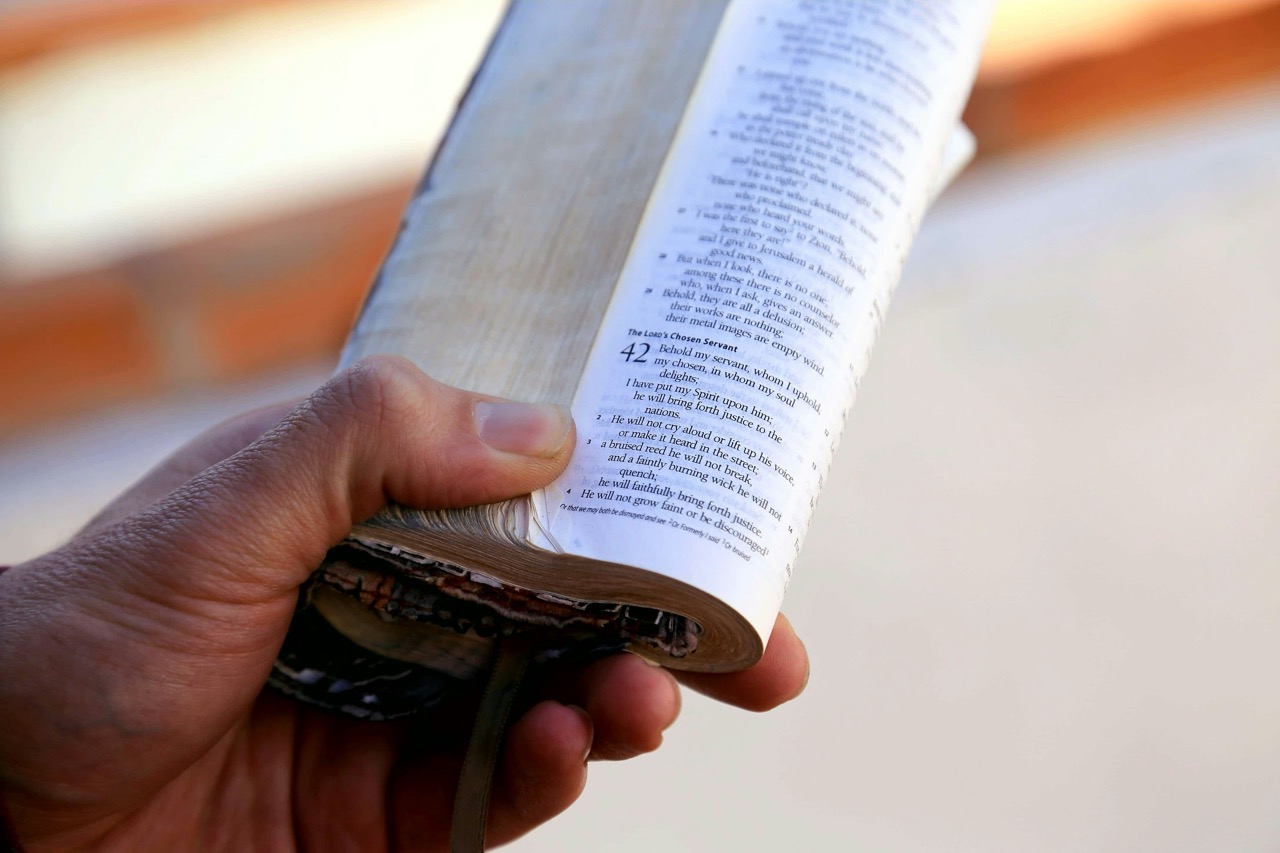Lot’s Wife: A Cautionary Tale of Looking Back

The story of Lot’s wife, found in the book of Genesis, serves as a poignant cautionary tale about the dangers of looking back. This narrative unfolds in the context of divine judgment and mercy, highlighting themes of obedience, regret, and the consequences of clinging to a past that is meant to be left behind. In this article, we will delve into the biblical narrative itself, explore the symbolism and themes inherent in Lot’s wife’s story, examine historical interpretations within religious contexts, and derive lessons applicable to our modern lives.
The Biblical Narrative: Understanding Lot’s Wife’s Story
The tale of Lot’s wife is intertwined with the destruction of Sodom and Gomorrah, cities notorious for their wickedness. According to Genesis 19, God sends angels to warn Lot and his family to flee the impending destruction. They are instructed to escape without looking back. As they leave, Lot’s wife, compelled by a mixture of curiosity and nostalgia, disobeys this command and turns to look at the burning cities behind her. In response, she is turned into a pillar of salt, a fate that serves as a stark reminder of the consequences of disobedience.
This narrative is brief yet powerful, encapsulating critical themes of obedience and the human tendency to cling to the familiar, even when it is detrimental. Lot’s wife’s transformation into a pillar of salt symbolizes the irreversible nature of her decision to look back, highlighting the peril of longing for what has been left behind. The story underscores the importance of heeding divine guidance and the dire consequences one may face when choosing to disregard it.
The story of Lot’s wife can also be seen as a broader commentary on the human condition. It reflects the struggle between the desire for safety and the allure of nostalgia. Many individuals find themselves torn between moving forward into the unknown and holding onto their past, whether it is a life that is familiar or relationships that have defined them. Lot’s wife’s fate serves as a stark warning to those who might hesitate at the threshold of change.
Symbolism and Themes: The Consequences of Looking Back
Lot’s wife’s act of looking back has been interpreted as a profound symbol of regret and longing. The pillar of salt represents the weight of her choices, a reminder of the importance of leaving behind what no longer serves us. In many ways, her gaze backward signifies a longing for security in a world that is rapidly changing, an experience that resonates with many individuals facing transitions in their own lives. This symbolism speaks to the temptation of clinging to the past, even when it is ultimately harmful.
Moreover, the theme of disobedience is central to the narrative. The specific command to not look back emphasizes the necessity of faith in the face of the unknown. Lot’s wife’s longing for the past illustrates a fundamental human conflict: the tension between faith and fear. Her decision to look back can be seen as a failure to trust in what lay ahead, a betrayal of the divine guidance that offered her a chance for a new beginning.
Additionally, the narrative raises questions about the nature of repentance and transformation. While Lot and his daughters escape to safety, Lot’s wife’s transformation into salt signifies a permanent choice that cannot be undone. This serves as a cautionary reminder of the irreversible nature of some decisions and the importance of being resolute in our paths forward. The message echoes through the ages, urging individuals to embrace change rather than dwell in the past.
Historical Interpretations: Lot’s Wife in Religious Contexts
Throughout history, Lot’s wife has been the subject of various interpretations within religious contexts. In Jewish tradition, her story is often viewed as a lesson in the importance of listening to divine instruction. The Talmud offers reflections on her fate, emphasizing the consequences of her disobedience and the moral imperative to heed God’s words. This interpretation reinforces the notion that one’s choices have significant implications, both for the individual and the community.
In Christian theology, Lot’s wife is frequently cited in discussions on the nature of sin and redemption. Jesus references her in the Gospel of Luke (17:32) as a warning against the perils of looking back, drawing on her story to illustrate the importance of commitment to a new life in faith. This biblical cross-reference highlights the universal relevance of the cautionary tale, urging believers to remain focused on their spiritual journeys without being hindered by past mistakes or attachments.
Islamic tradition also recognizes Lot’s wife, often portraying her as a figure of betrayal. The Qur’an alludes to the fate of Lot’s people, including his wife, emphasizing the consequences of their disbelief and moral failing. This narrative is used to illustrate the dangers of turning away from divine truth and the importance of steadfastness in faith. Across different religious interpretations, Lot’s wife serves as a multifaceted symbol of the human struggle with faith, choice, and the burdens of the past.
Lessons Learned: Applying the Tale to Modern Life Choices
The story of Lot’s wife offers several valuable lessons that are highly applicable to modern life. In an increasingly fast-paced and ever-changing world, individuals often find themselves grappling with the decision to move forward or remain anchored in their past. The narrative invites reflection on the importance of recognizing when it is time to let go and embrace new opportunities. It serves as a reminder that clinging to what is familiar can hinder personal growth and transformation.
Moreover, Lot’s wife’s fate encourages individuals to assess their priorities and commitments. Are there aspects of one’s life that are being held onto out of fear or sentimentality, which ultimately impede progress? This tale prompts us to evaluate our own lives critically, urging us to identify those attachments that may no longer serve us and to have the courage to make the necessary changes. Embracing change can lead to profound personal development and fulfillment.
Lastly, the narrative underscores the significance of trust—both in oneself and in the process of life. It encourages individuals to place faith in their paths ahead, even when the future appears uncertain or daunting. By learning from Lot’s wife, we can cultivate a mindset that prioritizes forward movement and resilience, allowing us to thrive in the face of life’s inevitable transitions.
The story of Lot’s wife, while simple in its biblical context, offers profound insights into the human experience. Through understanding her narrative, recognizing the symbolism and themes of the tale, and reflecting on its historical interpretations, we can extract lessons that remain relevant in contemporary life. As we navigate our own journeys, the cautionary tale of Lot’s wife serves as a timeless reminder of the importance of forward motion, the dangers of looking back, and the transformative power of embracing the unknown.




